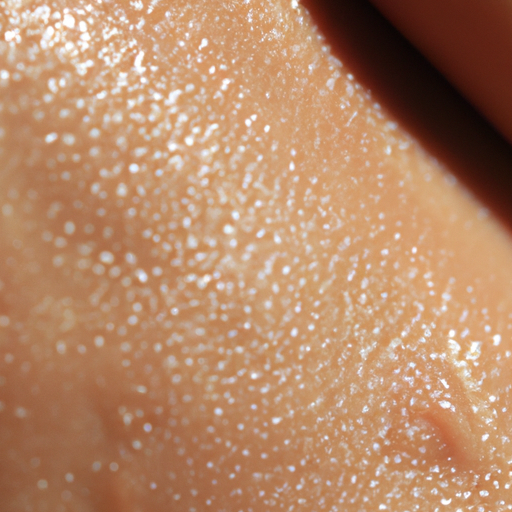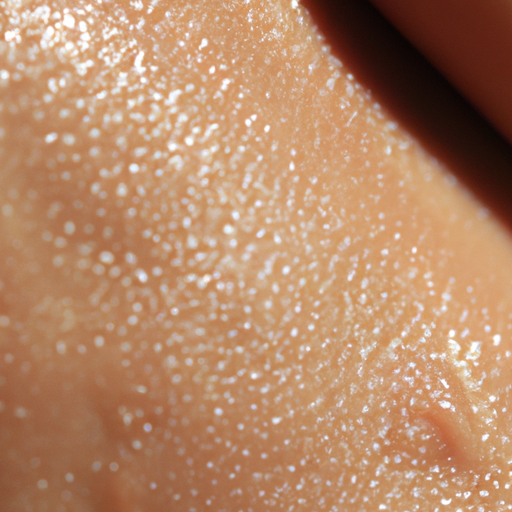As a dermatologist, I have encountered countless patients who struggle with oily skin. This skin type is characterized by an overproduction of sebum, an oily substance produced by the sebaceous glands to keep our skin hydrated and protected. While sebum is essential for skin health, too much of it can lead to a shiny or greasy appearance, clogged pores, and an increased risk of acne. Understanding the causes and treatments for oily skin can help individuals manage this common skin concern effectively.
The first step in addressing oily skin is understanding its root causes. Genetics play a significant role in determining our skin type, including how much oil our skin produces. Hormonal changes, particularly those associated with puberty, pregnancy, and menopause, can also cause the skin to produce more oil. Environmental factors such as humidity and heat can stimulate sebum production, while using harsh skincare products can strip the skin of its natural oils, causing it to overcompensate by producing more.
Diagnosing oily skin is usually straightforward. The most obvious sign is a shiny or greasy appearance, especially in the T-zone (the forehead, nose, and chin). Other signs include large or visible pores, frequent breakouts, and a thick or rough skin texture. If you suspect that you have oily skin but are unsure, a dermatologist can confirm your skin type through a simple examination.
Once diagnosed, the next step is treatment. It’s important to remember that the goal isn’t to eliminate all oil from your skin, but rather to balance sebum production and prevent complications such as acne. Here are some strategies that can help:
1. Use a gentle cleanser: Cleansing twice a day can help remove excess oil and prevent clogged pores. However, avoid products that leave your skin feeling tight or dry as these can trigger more oil production.
2. Don’t skip moisturizer: It might seem counterintuitive to apply a moisturizer to oily skin, but without adequate hydration, your skin may produce more oil to compensate. Look for oil-free or non-comedogenic products that won’t clog your pores.
3. Incorporate a retinoid: Retinoids, which are derived from vitamin A, can help reduce oil production and unclog pores. They’re available both over-the-counter and by prescription.
4. Consider oral medications: In severe cases, oral medications such as hormonal birth control or isotretinoin may be recommended to reduce sebum production.
5. Regularly exfoliate: Exfoliating once or twice a week can help remove dead skin cells that can clog pores and increase oiliness. However, avoid harsh scrubs that can irritate the skin and increase oil production.
6. Stay hydrated and maintain a healthy diet: Drinking plenty of water and eating a balanced diet rich in fruits, vegetables, lean proteins, and whole grains can help regulate sebum production.
7. Avoid touching your face: Touching your face can transfer oils from your fingers to your skin, contributing to a greasy appearance and clogged pores.
8. Wear sunscreen: Some sunscreens can feel greasy, but it’s important to protect oily skin from the sun. Look for oil-free or gel formulas that won’t clog pores.
In conclusion, while managing oily skin can be challenging, understanding its causes and implementing an effective skincare routine can significantly improve its appearance and health. If you’re struggling with oily skin, don’t hesitate to consult a dermatologist for personalized advice and treatment options. Remember, every skin type is unique and requires a tailored approach to care.




